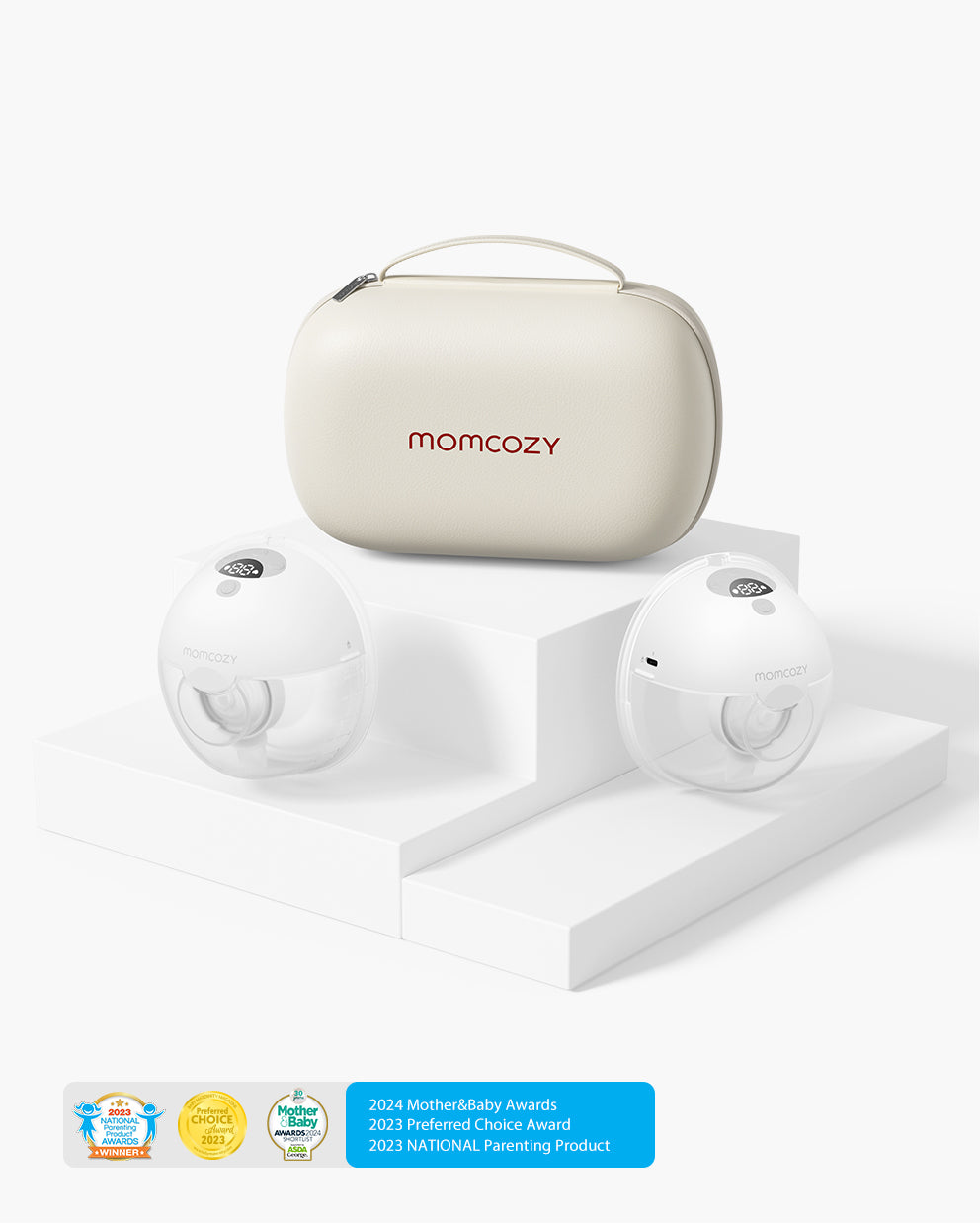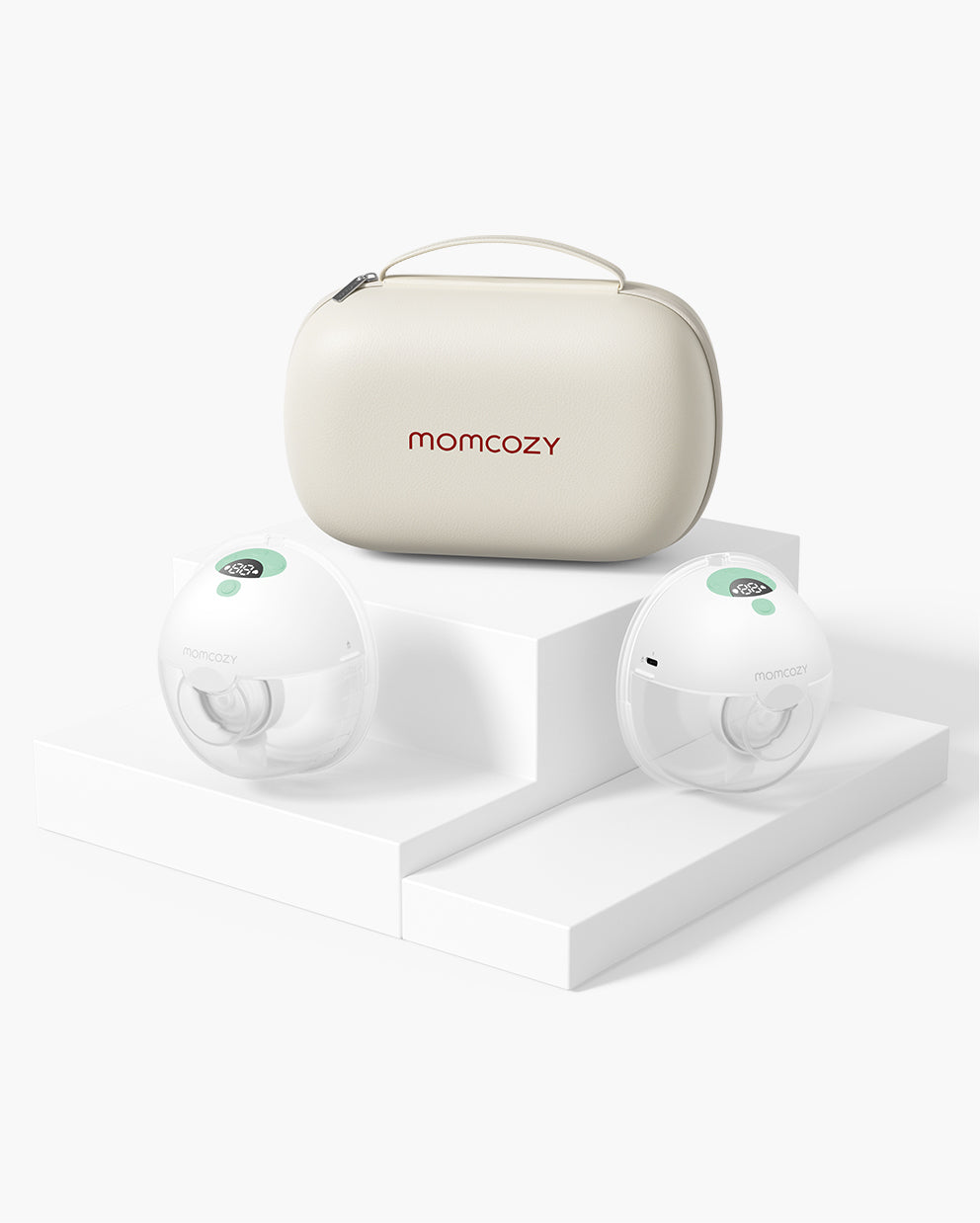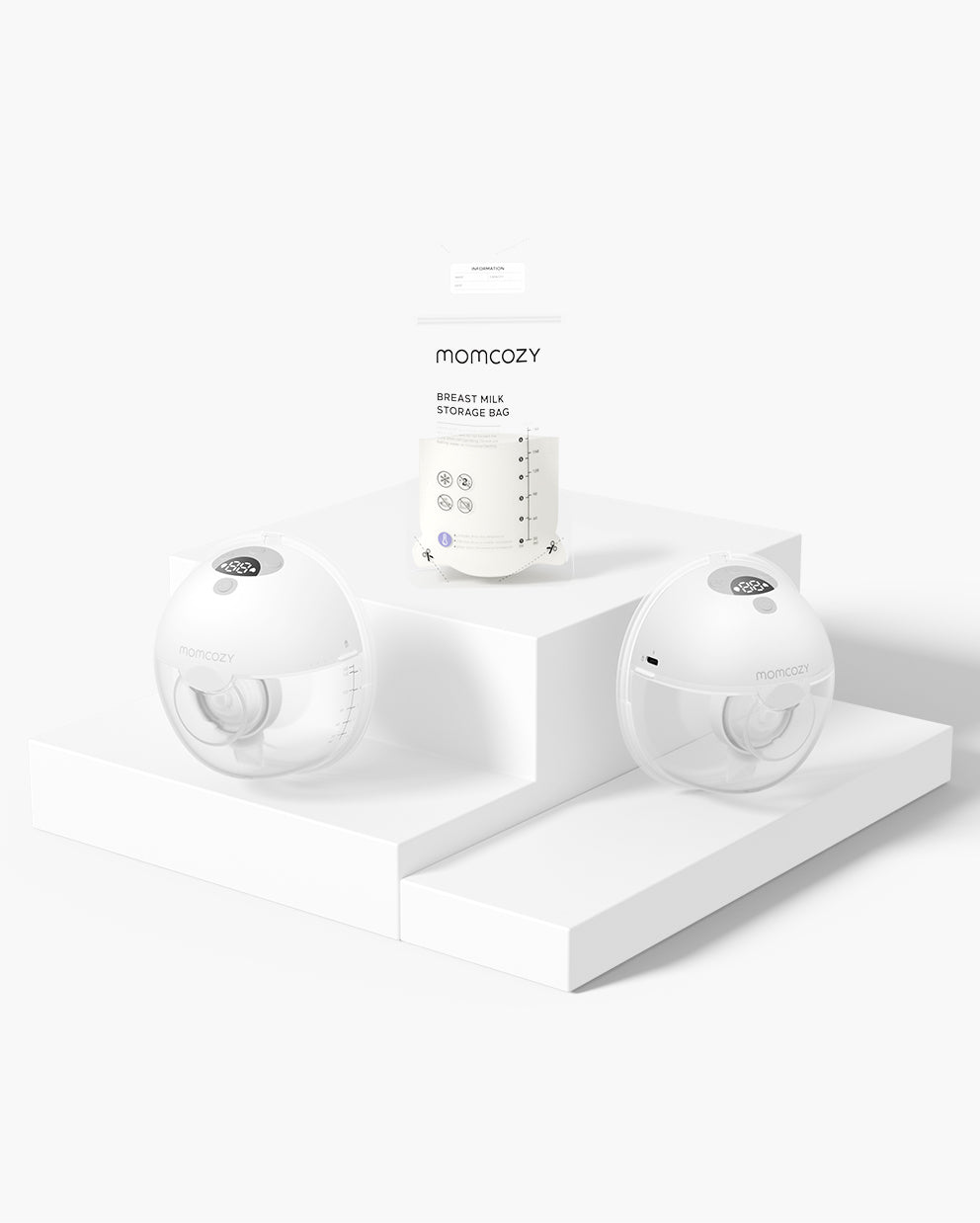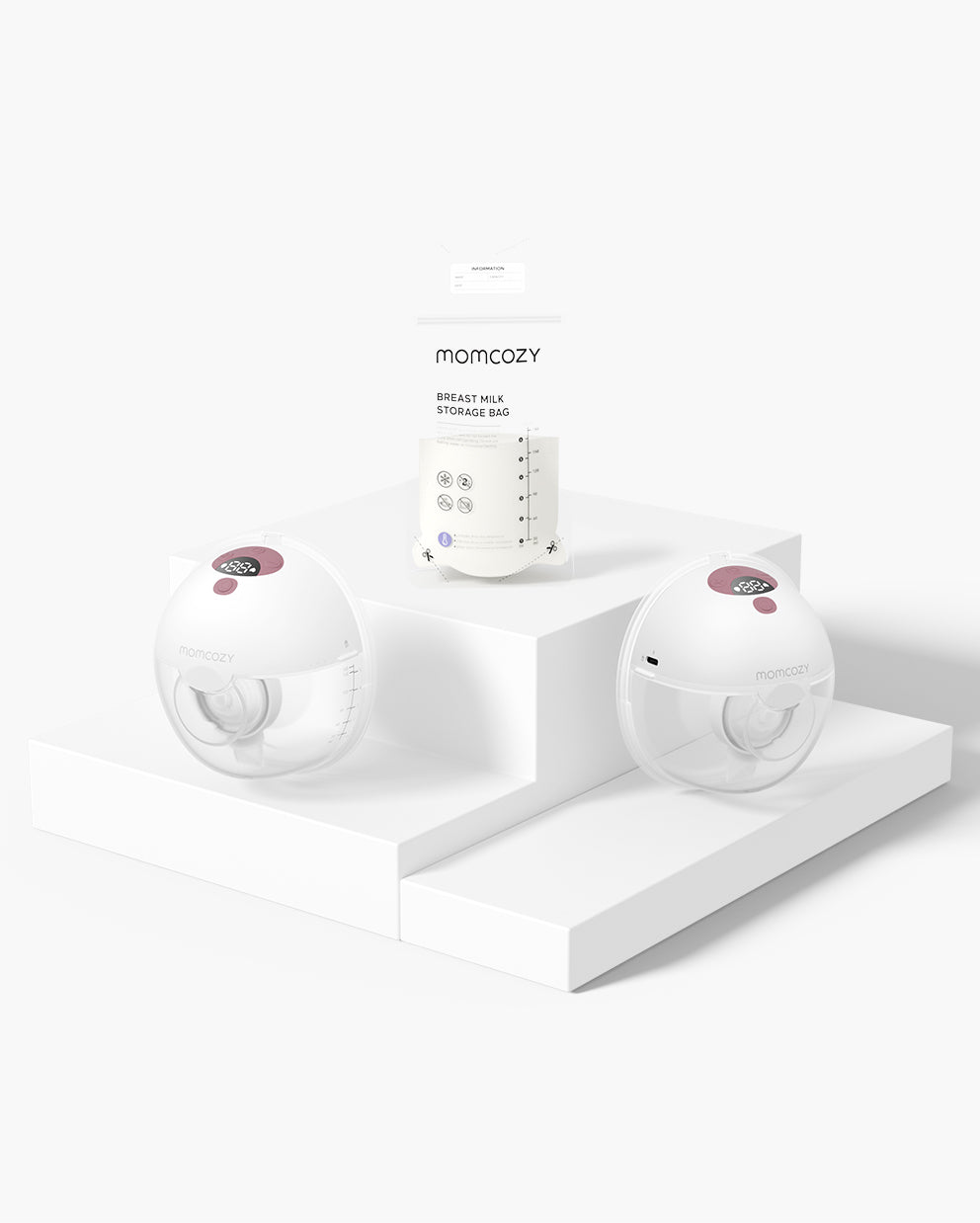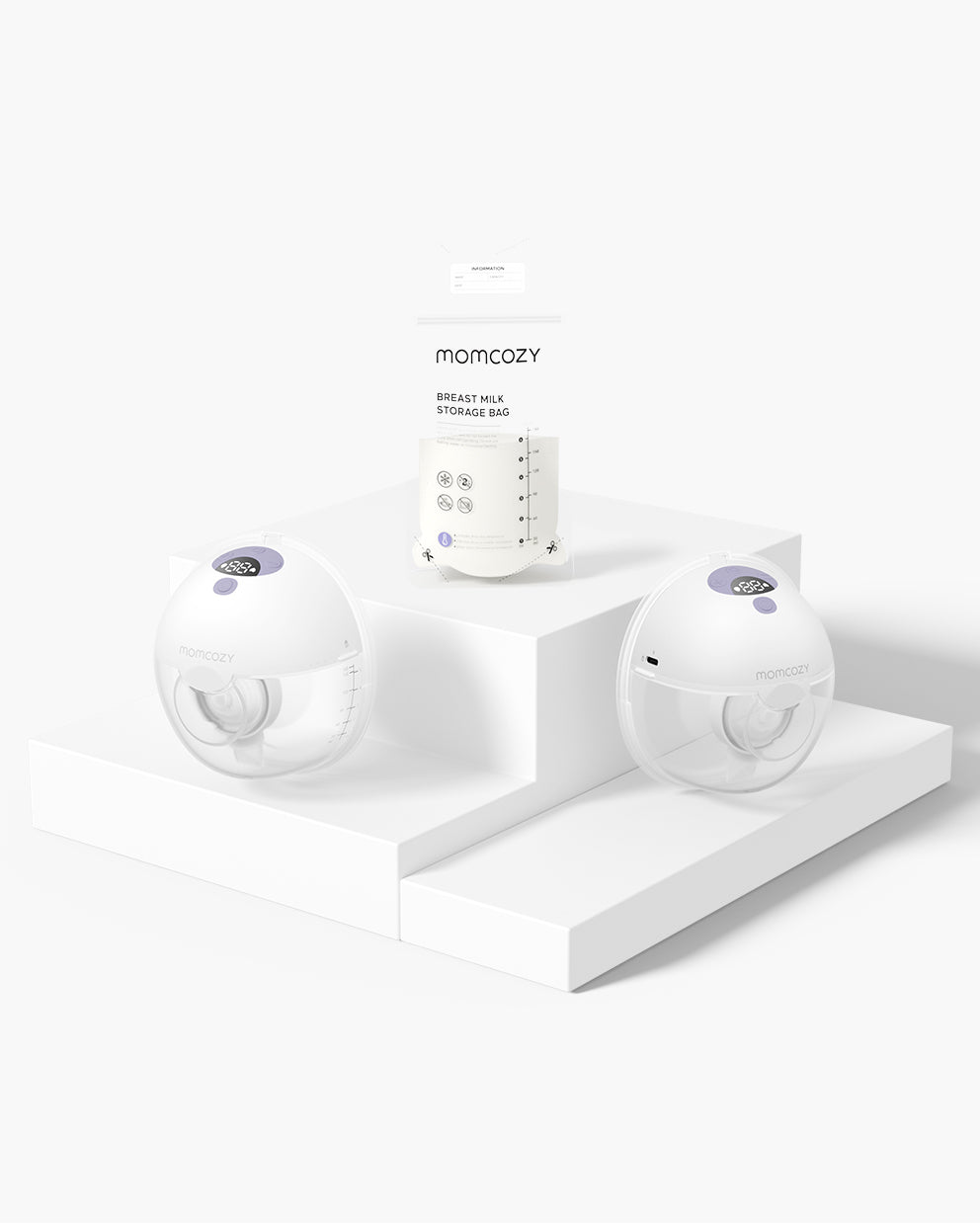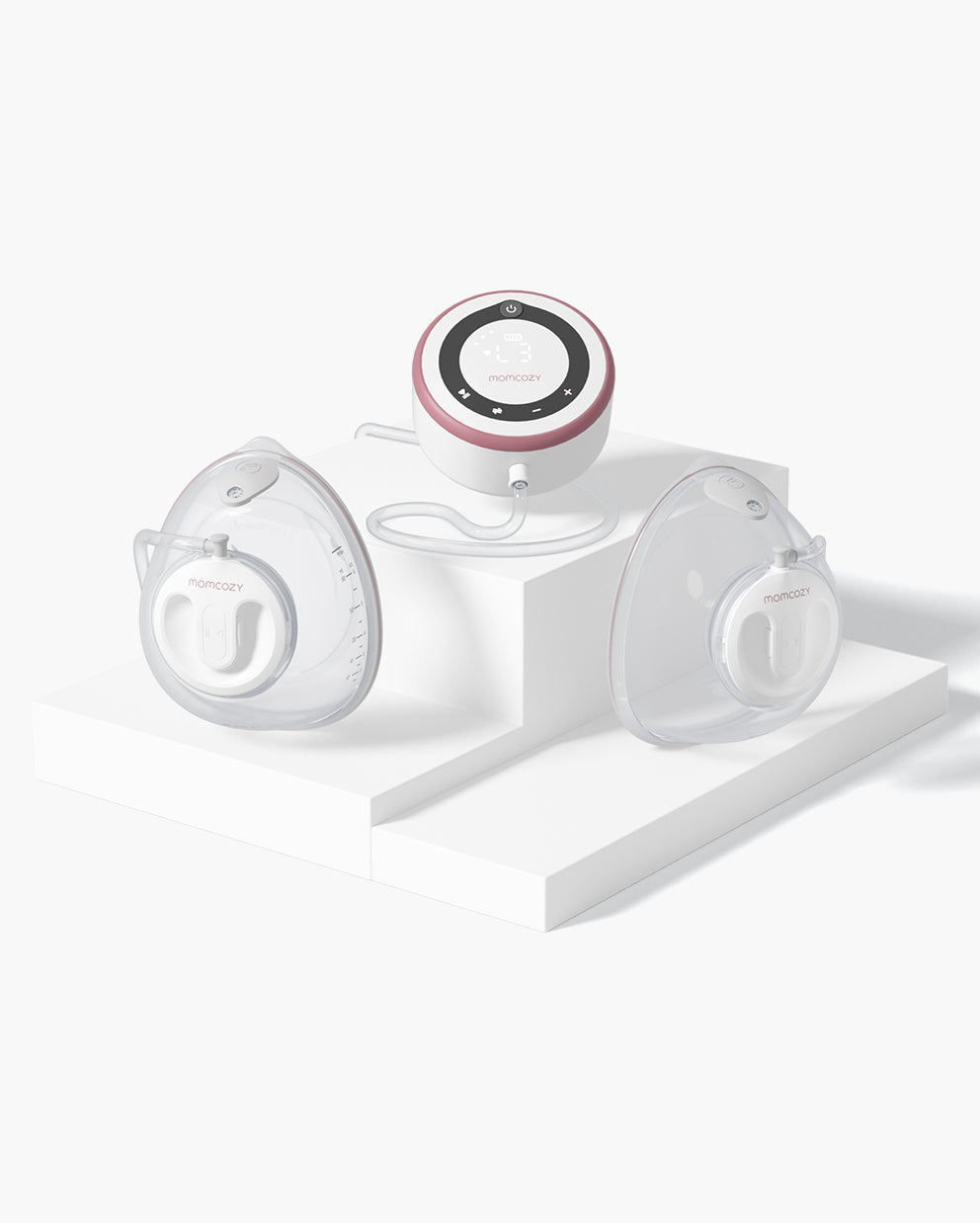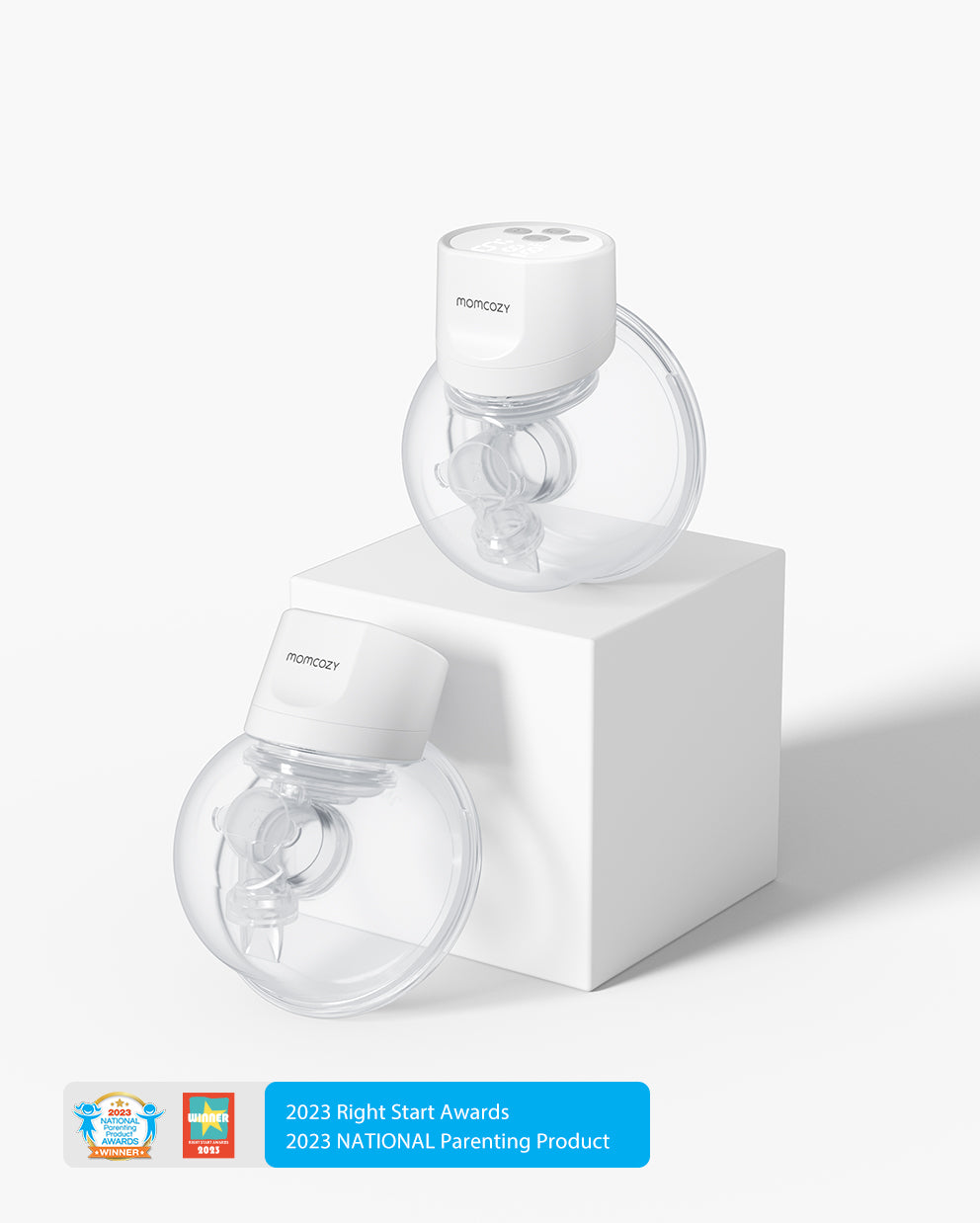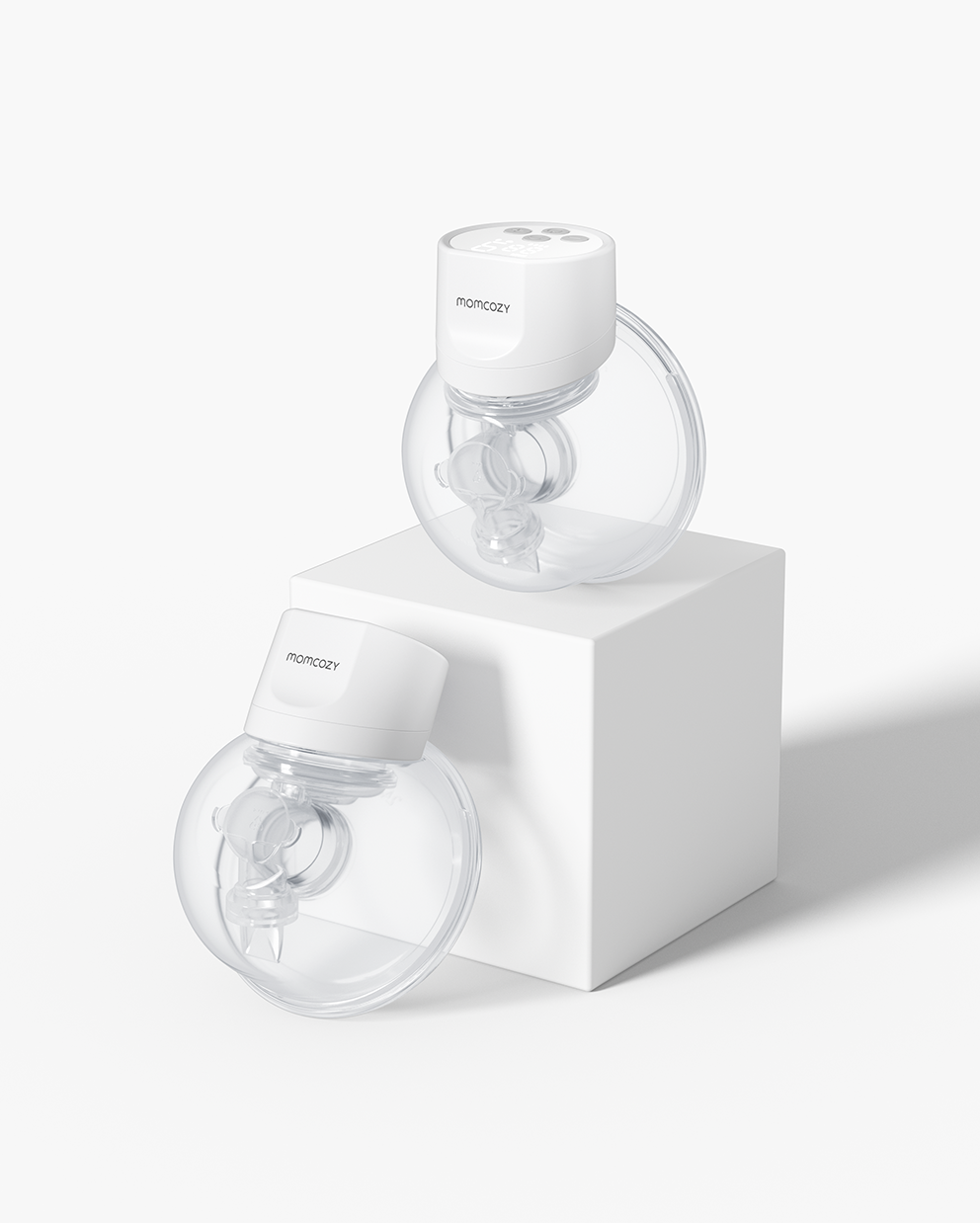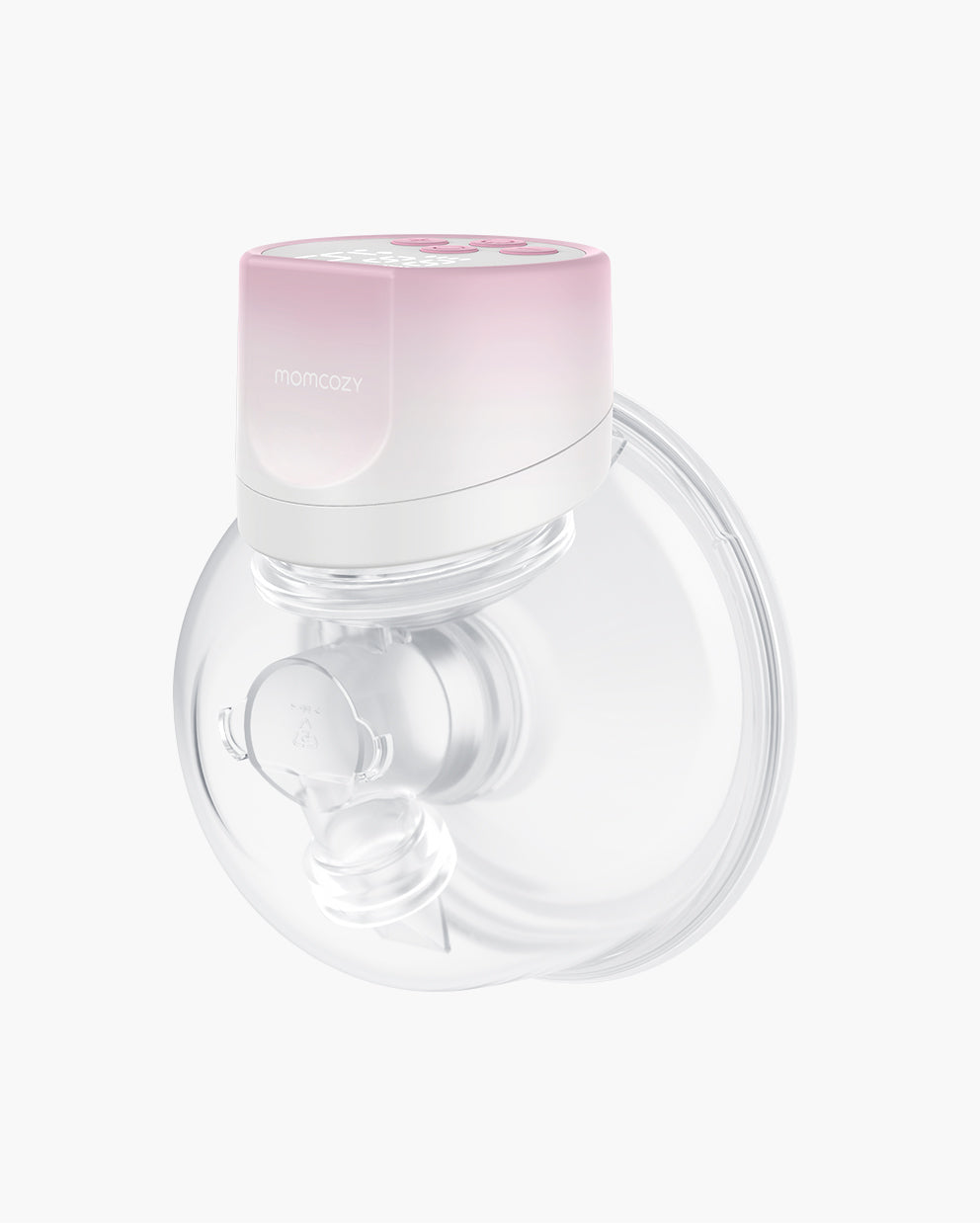If you have decided to breastfeed your baby, but you can’t be physically there with your baby all the time, the ultimate next option is hand free breast pump to pump your breast milk for your little one. The breast pump is not only helping the moms to leave breast milk when they are away from their baby but also help them to boost good milk supply. There are a number of reasons for using a wearable breast pump to supplement breastfeeding. Instead of using formula milk, you pump and store breast milk and continue to give your baby the benefits that breast milk offers if you are not with your little one or you have stopped breastfeeding. Moreover, those moms who have some low supply issues or poor latching can feed their babies that liquid gold using beast pumps. No matter the reason you do it, it comes with several benefits:
- With pumping sessions, you will be able to return to work, take a break or go on a business trip but still give your infant your breast milk.
- Breast pumping can also give the dad to get involved in this process, and he can feed the baby when you are not around.
- In breastfeeding, maintaining milk supply is quite challenging, but pumping allows you to build enough milk supply before your baby needs more milk, thus allowing you to store milk for later use.
- Pumping also gives you the opportunity to donate your extra breast milk to the moms who can’t breastfeed their infants themselves but want to give them the benefits of breastmilk.
Increased milk supply:
If you pump after the breastfeeding, it can boost your milk supply. Moreover, it creates an increased demand for your milk. When the demand increases, your body will produce an extra supply of milk to meet this demand. The healthcare providers recommend that you should pump after breastfeeding within 15 to 20 minutes. You may also pump in between the feeds to your baby but ensure that it is minimum 1 hour before the next feeding of your baby. If you pump too soon before the next feed, it may prevent your child from getting enough milk from the breast. Sometimes, breasts may not feel empty after feeding; do a pumping session after 15 to 20 minutes of nursing. This will stimulate the body to produce more milk and increase its supply.
Control over timing
Pumping milk can help the caregivers the feeding’s timing. They can schedule the feeding time that works for the baby, and you can pump when it is necessary. It will greatly facilitate the moms when you go back to work and free up more time.
Ability to share feedings
When you combine pumping with breastfeeding, it may be easier for other members of your family to split caregiving duties. When only mom breastfeeds, she handles the many feeds a baby demands that come with nighttime waking. Pumping session promotes sharing the feeding that may encourage a positive balance of childcare duties. The share feeding also offers you convenience and feels more rested. Moreover, it helps the mothers in the immediate postpartum period when you recover from childbirth. Bear in mind that doesn’t introduce a bottle to your baby until the breastfeeding is fully established.
If the baby is born prematurely or has a health issue:
The wearable breast pump comes in handy when the baby is able to breastfeed, or he was born prematurely. If the baby has a health issue in the neo-natal intensive care, bottle feeding can give him the benefits of breast milk. The infant may be unable to suckle well at the breast.
The hands-free breast pump allows you to provide enough supply of breast milk if the baby is sick or can’t breastfeed due to premature birth.
Baby has difficulty latching-on:
If a mother’s breasts are full, pumping some milk out can make it easier for her baby to latch-on and nurse properly. For other babies who can’t latch on due to any birth defect such as palate or clip lip, receiving breastmilk for feeding using a breast pump is the only way for them.
More breaks
Breast pump let the caregivers have more breaks while they’re exhausted or coping with sleep deprivation. It is very challenging for the new moms recovering from the childbirth as they can manage their time for caring for their newborn. Expressing milk can allow caregivers to offer baby breast milk.
The baby demands more breastmilk as a ‘top-up feed.’
Sometimes baby demands more breastmilk as a top-up feed after the breastfeed, that’s where breast pump comes in. You can give your baby expressed milk when he needs more breastmilk.
Successful and sustained breastfeeding.
The working moms who want to breastfeed their babies after returning to work, a breast pump can be their best partner. In case of medical problems, it can be a great backup solution. When the mother is not with the baby, it helps to avoid health risks of using formula milk.
Minimize Breastfeeding Issues
If the shape of your nipples is inverted or flat, it can cause latching issues, but pumping can help soften the nipples that lead to easier latching. When your breast is engorged and full with breastmilk, you can use a pump to express milk that will give you relief from pain.
Create an emergency supply.
You can pump using hand free breast pumps and store and an emergency supply of that liquid gold for your baby in the freezer. Use it for feedings when you become ill and needs to take medication.
Bottom Line:
If you have planned to pump breastmilk, you need to decide which breast pump will work best for you. A hospital-grade pump or hand-free wearable breast pump is great to maintain and increase healthy breastmilk supply. In comparison, the manual and small electric pumps are used for occasional use.







